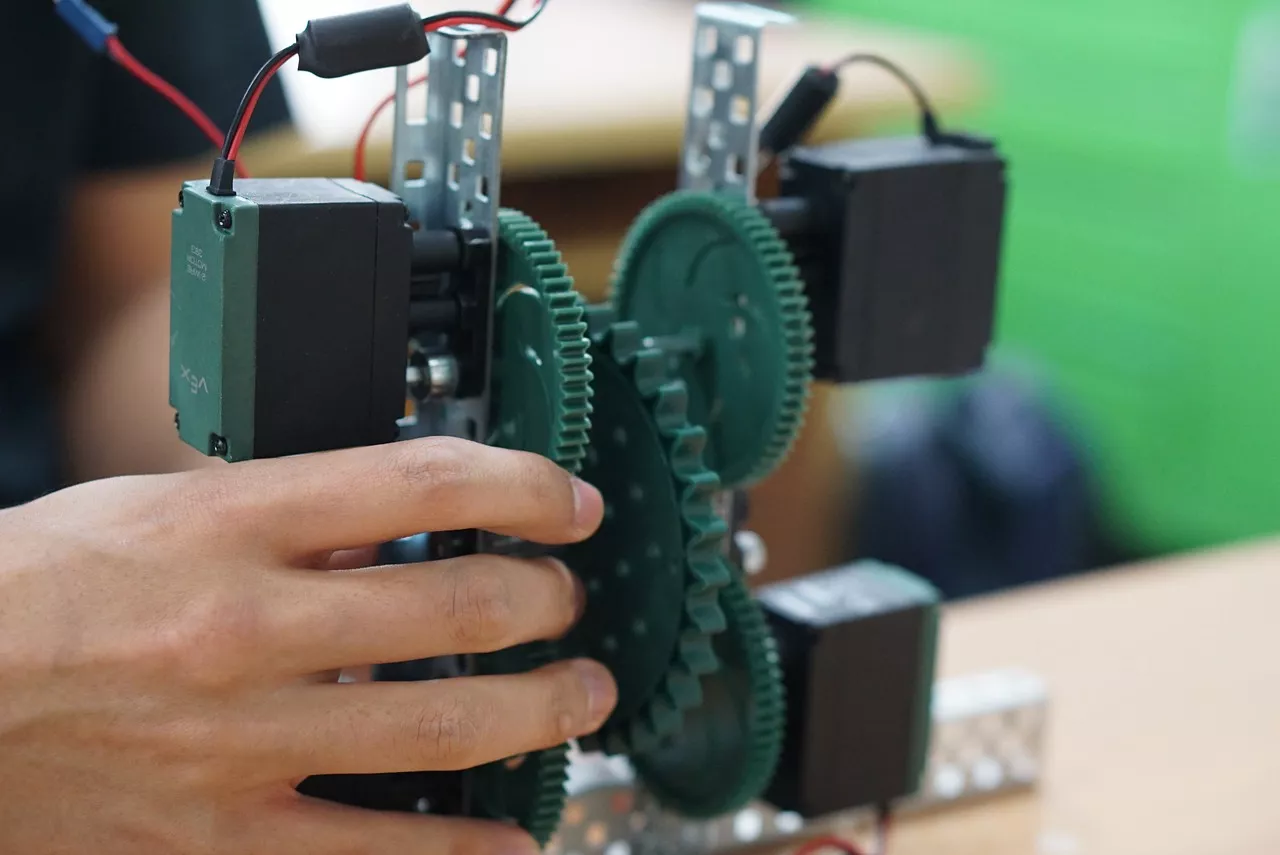
Robotics in everyday life is no longer just the subject of science fiction films or books; it's a tangible reality in our lives. With unprecedented technological advances, robots are leaving laboratories and becoming allies in everyday tasks, from house cleaning to medical procedures. This integration is changing the way we live, work, and interact with the world around us.
The adoption of robotic technologies in everyday activities reflects the constant search for efficiency and comfort. Robot vacuum cleaners, personal assistants like Alexa, and even surgical robots illustrate how robotics has moved beyond the experimental realm to solve real problems. But how do these machines impact our lives so broadly?
In this article, we'll explore how robotics is transforming our daily lives, from domestic applications to major innovations in the industrial and service sectors. We'll also provide a practical guide for those who want to make the most of these technologies in their daily lives.

Domestic robots are one of the most obvious examples of robotics in everyday life. These devices are designed to make life more practical, helping with tasks such as cleaning, organizing, and even security. Robot vacuum cleaners, like the Roomba, represent an efficient solution for those looking to save time.
Another example is the use of robot assistants, which are controlled by voice commands. Technologies like Alexa, Google Home, and Siri enable the automation of various household appliances, such as lights and thermostats, in addition to providing quick answers to everyday questions.
With the constant advancement of these tools, it's possible to imagine a future where repetitive manual tasks are virtually nonexistent. This transformation brings comfort, but also raises questions about technological dependence and data security.
Healthcare is one of the sectors most impacted by robotics. Surgeries performed by robots, such as the Da Vinci system, offer greater precision, reducing the risk of postoperative complications. Robots are also being used for medication administration and remote patient monitoring.
In physical therapy, robotic devices aid in the rehabilitation of patients with motor disabilities, providing more precise and personalized movements. These technologies enable faster and more effective recovery.
Another significant advancement is in diagnostics. Systems based on robotics and artificial intelligence can analyze exams quickly and accurately, helping doctors detect diseases in their early stages. As a result, robotics not only saves lives but also improves the quality of medical care.
In the industrial sector, robots are used to automate production processes, increasing efficiency and reducing costs. A classic example is the use of robots on assembly lines, such as in the automotive industry. These systems are capable of performing repetitive tasks with extreme precision, minimizing human error.
Robotics is also present in inventory management and logistics. Companies like Amazon use robots to organize and transport goods in their distribution centers, speeding up order processing and ensuring faster deliveries.
With the implementation of more sophisticated technologies, such as collaborative robots (cobots), it is possible to create a more integrated work environment, where humans and machines cooperate to achieve better results.
Education is also being revolutionized by robotics. Educational robots, like NAO, help teach children programming skills, logical reasoning, and even social interactions. These devices make learning more interactive and fun, increasing student engagement.

Another relevant application is the use of robotic simulators in professional courses. In medicine, for example, students can practice complex procedures on simulators before applying them to real patients, reducing errors and increasing safety.
By making teaching more dynamic, robotics not only enhances the educational experience but also prepares students for a future where technology will be even more prevalent.
If you want to integrate robotics into your daily life, follow these simple steps:
Robotics in everyday life is already a reality, bringing countless advantages, from the automation of simple tasks to revolutionizing areas like healthcare and education. These advances are changing the way we live, making our daily lives more practical and efficient.
However, it's essential to adopt these technologies consciously, considering issues such as privacy and security. By exploring the possibilities of robotics, we're taking steps toward a more connected and innovative future. After all, what was once science fiction is now part of our reality.

Marcelo is a renowned creator of digital content who has made a name for himself in the online world with his website Viaonlinedigital.com, a platform dedicated to education and the sharing of knowledge in various areas of modern daily life. With a career marked by a passion for technology, business and innovation, Marcelo has turned his professional experience into a reliable source of information for thousands of readers.